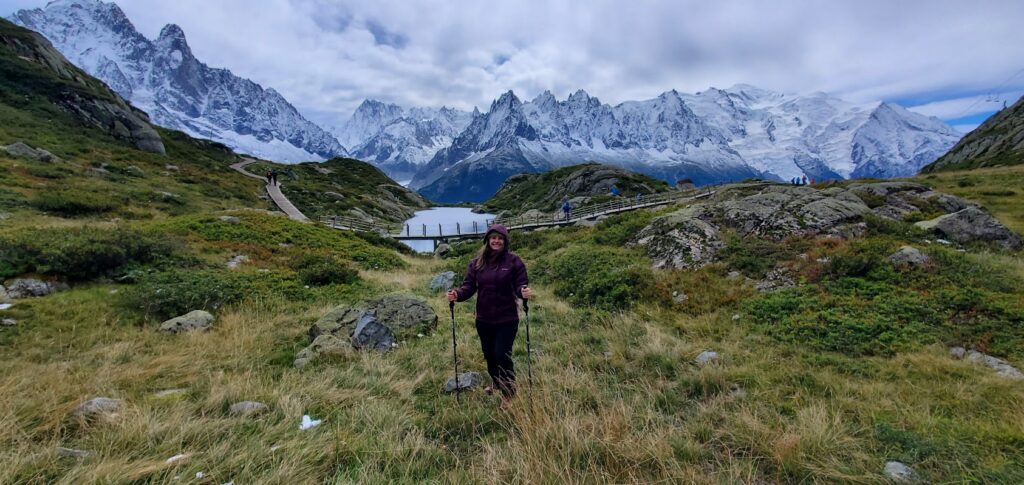5 Things to Know About Chamonix & Zermatt Hiking
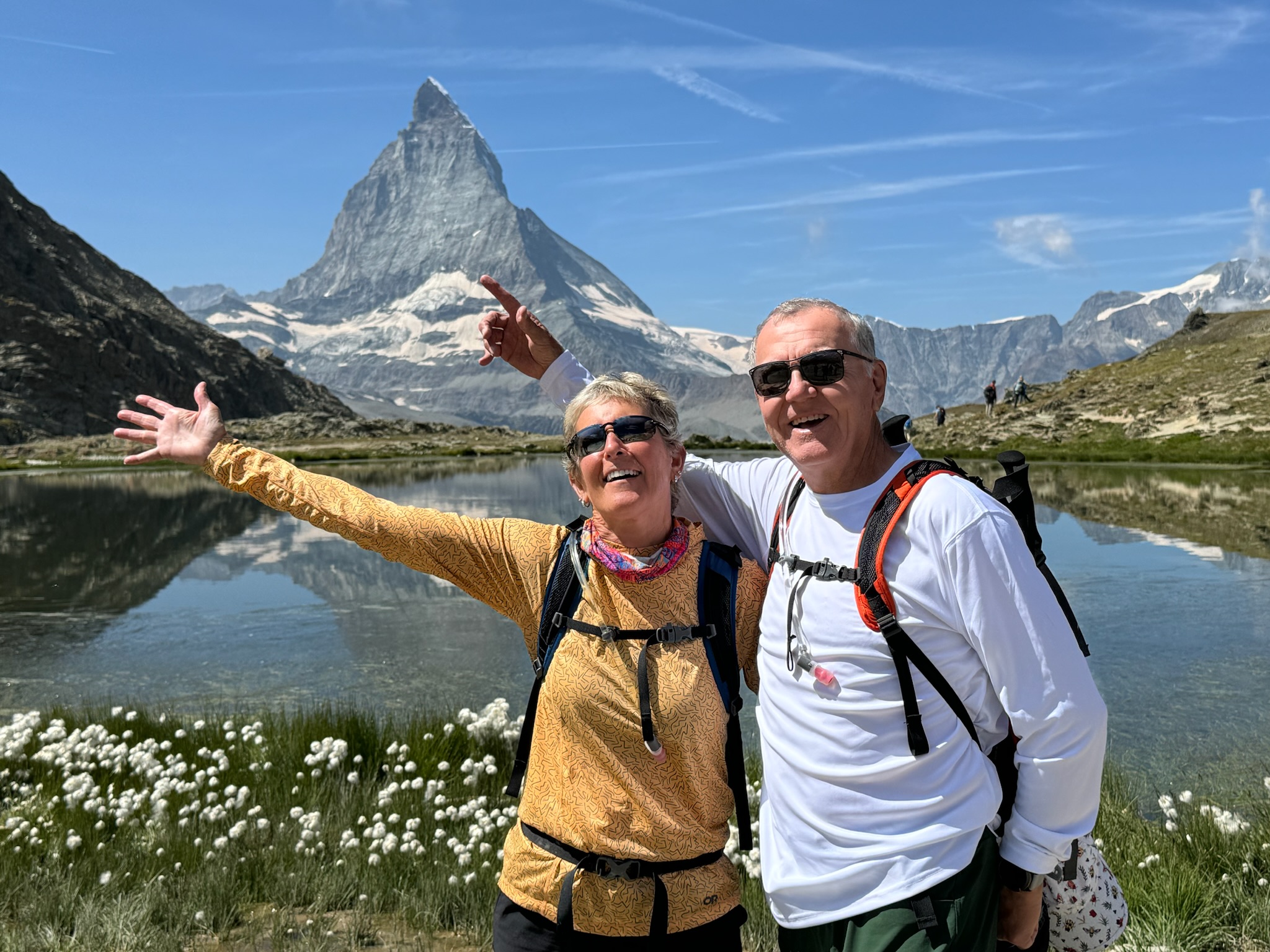
The Alps have long been a draw for adventurers, but MT Sobek’s Alps Chamonix & Zermatt Hiking Trip elevates the experience to something truly special. In just a week, this well-paced adventure immerses travelers in the breathtaking landscapes of two iconic alpine destinations—Chamonix, France, and Zermatt, Switzerland—while providing top-tier comfort, incredible cuisine, and expert guidance along the way. MT Sobek’s Heather Howard laced up her boots to experience the Alps for the first time and tick two bucket-list destinations off her list. Here are the top 5 things to know about this experience.
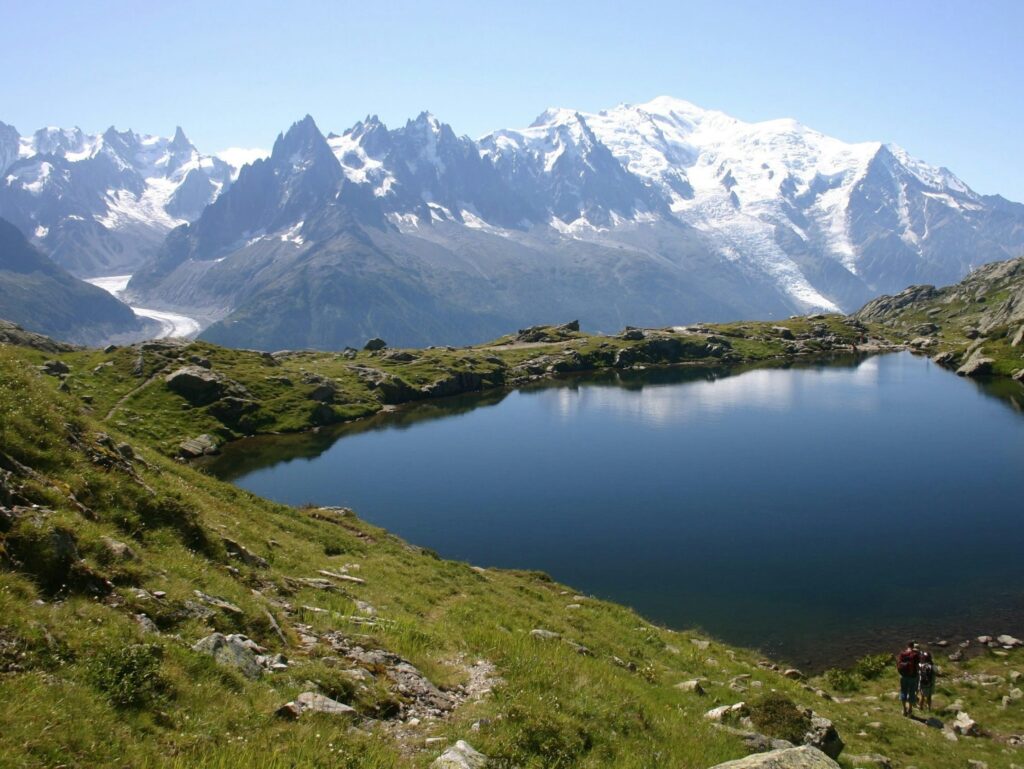
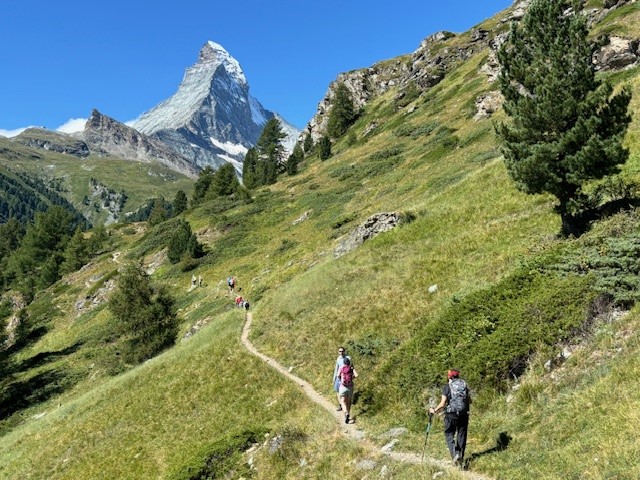
1. What are the main differences between Chamonix and Zermatt?
Unlike many other multi-location hiking tours, this trip is based out of just two base hubs, making it ideal for those who love immersive hiking but also appreciate the comfort of unpacking only twice. Three nights in Chamonix, three nights in Zermatt—just the right amount of time to experience the mountain majesty of each destination. This distance between Chamonix and Zermatt is about 90 miles, which takes just over 2 hours to drive.
Get your FREE MT Sobek catalog >>

Chamonix, France
Chamonix buzzes with an electric, high-alpine energy—France’s mountaineering mecca where adventure pulses through the streets. Perched at 3,396 feet and nestled beneath Mont Blanc (15,781 feet), it’s a playground for extreme sports, with steep descents, legendary off-piste skiing, and a vibrant après-ski scene. The town itself is lively, packed with climbers, skiers, and hikers swapping stories over espresso or vin chaud. Chamonix is also a popular base for hikers before or after tackling the Tour du Mont Blanc.
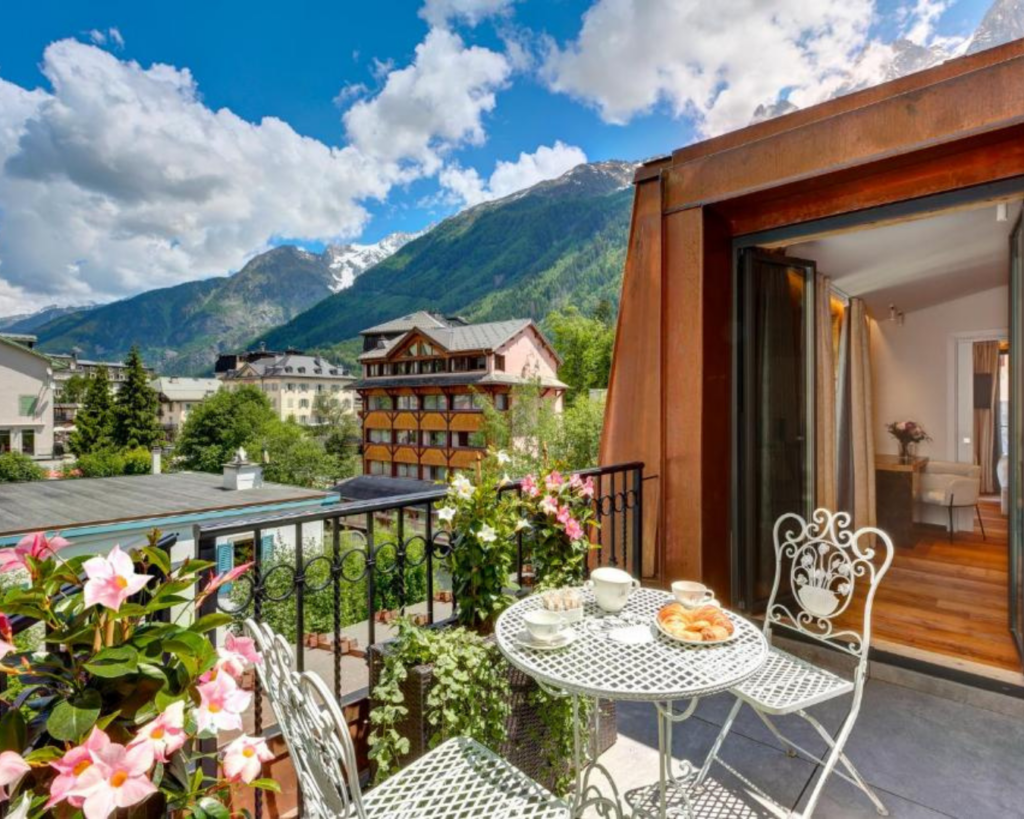
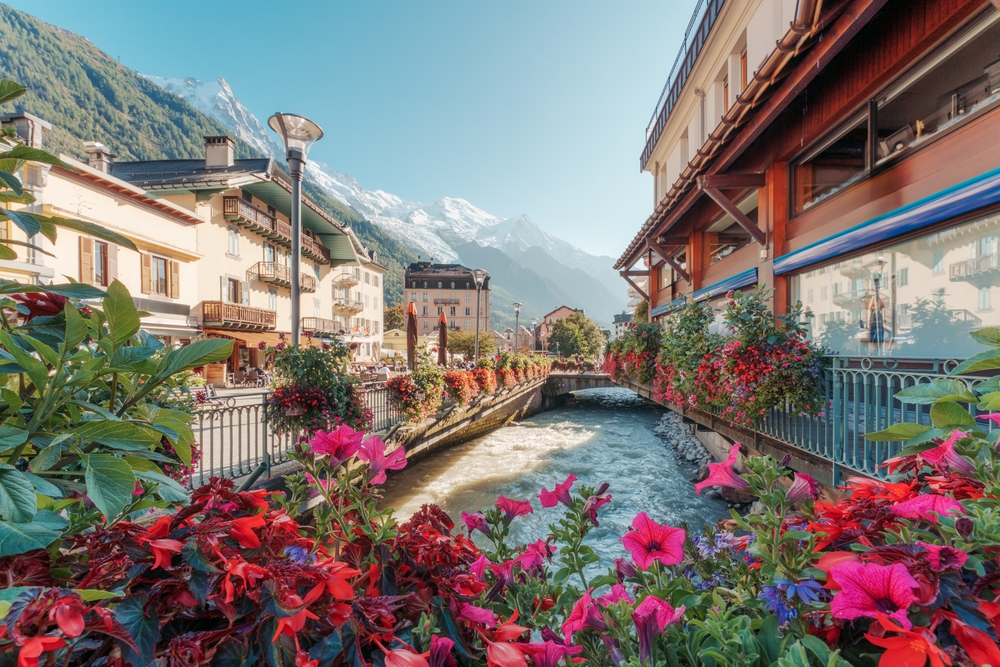
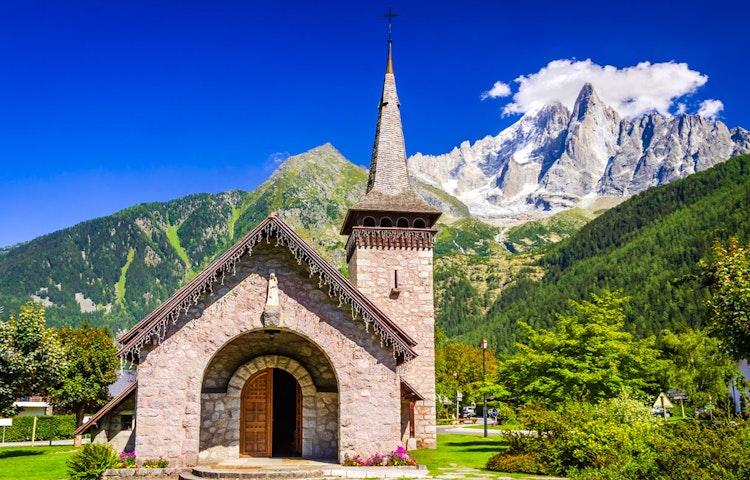
From the moment you arrive in Chamonix, you’ll be captivated by the dramatic beauty of the Mont Blanc Massif and the charm of the town itself. It strikes a perfect balance—rugged and outdoorsy, yet refined enough for glasses of wine over memorable dinners. With cobbled streets, alpine architecture, and easy access to stunning trails via cable cars, Chamonix blends Old World character with modern adventure. For summer hikers, grab a Mont-Blanc Natural Resort pass and experience everything this alpine wonderland has to offer.
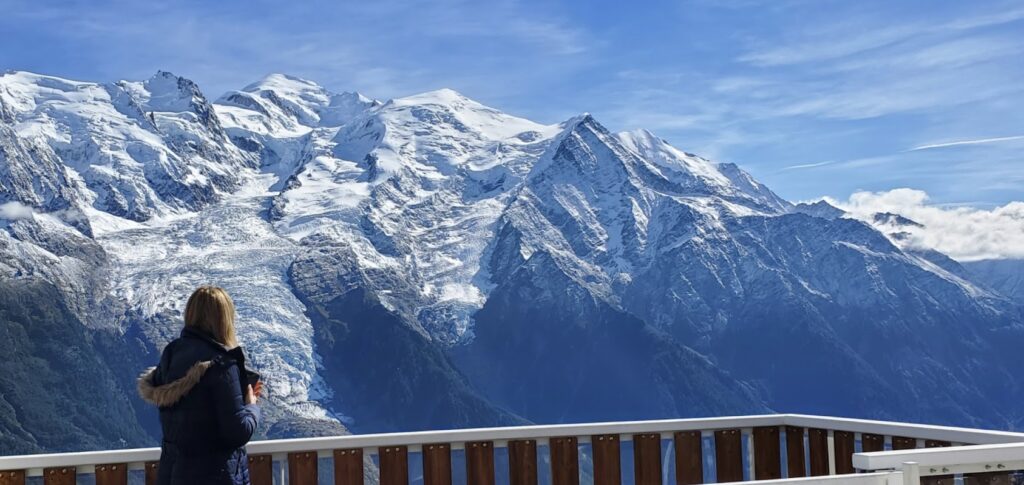
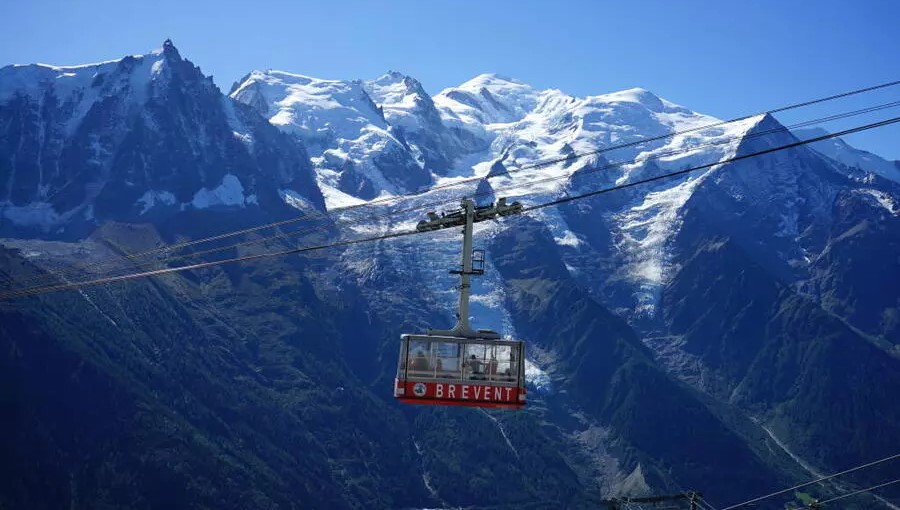
Zermatt, Switzerland
Zermatt, by contrast, exudes Swiss precision and charm. The car-free village, sitting at 5,315 feet, lies in the shadow of the mighty Matterhorn (14,692 feet), offering world-class skiing, scenic hiking, and a refined alpine atmosphere. More polished than rugged, it’s perfect for those who love adventure wrapped in luxury.


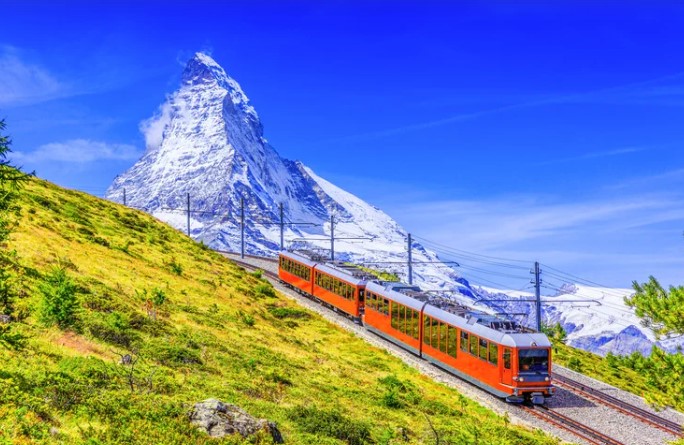
The gentle whirr of electric taxis and the sound of footsteps on cobblestone makes you slow down and take it all in. And then, there’s the Matterhorn. When it finally comes into view—sharp and dramatic against the sky—it stops you in your tracks, especially if it’s a bucket-list dream to see it in person. Trails start right from the edge of town or higher up via cable car, winding through the valley and hills, each one giving you a different, equally breathtaking perspective of that legendary peak.

Related: Download MT Sobek’s thrilling Alps Chamonix & Zermatt Hiking Tour itinerary here!
2. When is the best time to visit Chamonix & Zermatt?
The best time to visit Chamonix and Zermatt depends on your adventure goals. For skiing and snow sports, visit between December and April, when both destinations offer world-class slopes, deep powder, and breathtaking alpine scenery. January and February boast peak snow conditions, while March and April offer longer days and sunnier skies.
For hiking and mountaineering, the best time is June to September. During these months, trails are open, temperatures are mild, and wildflowers bloom across the valleys. July and August are warmest but busiest, while September offers fewer crowds and crisp mountain air.
Spring (May–early June) sees melting snow and some trail closures, while October–November is a quiet shoulder season with unpredictable weather. Choose based on your adventure style!
Check here for Chamonix weather: https://en.chamonix.com/weather
Check here for Zermatt weather: https://zermatt.swiss/en/info/weather
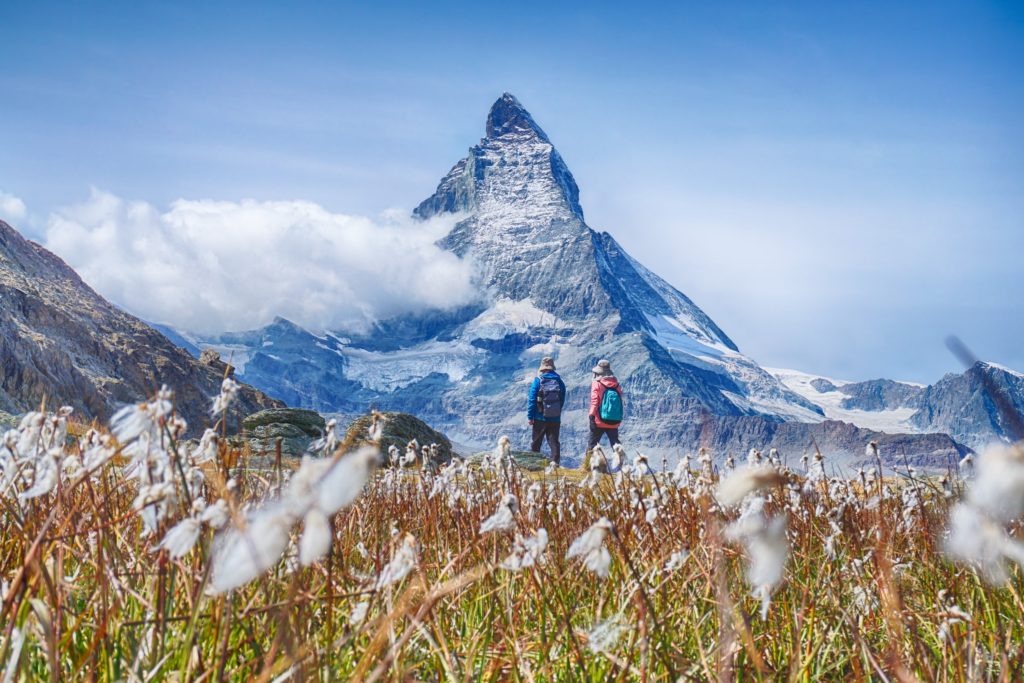
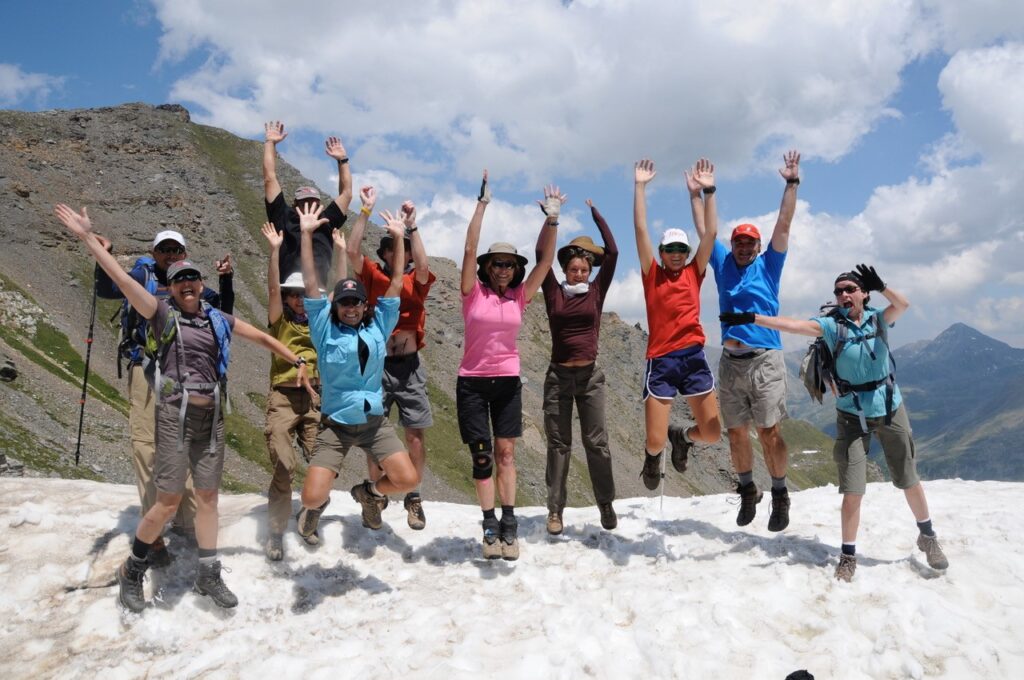

On my September departure, the mountains surprised us with an early snowfall on just the second day. Almost overnight, Chamonix was transformed into a magical winter wonderland. At the summit of the Aiguille du Midi, the temperature plunged to a bone-chilling -16°C. Wrapped in layers and full of anticipation, we boarded the striking red cable car that whisked us skyward into the snowy heights. We then followed trails down to warm ourselves in a spectacular chalet high above Chamonix. A meal of lamb shank followed by warm cherry pie was the perfect restorative.
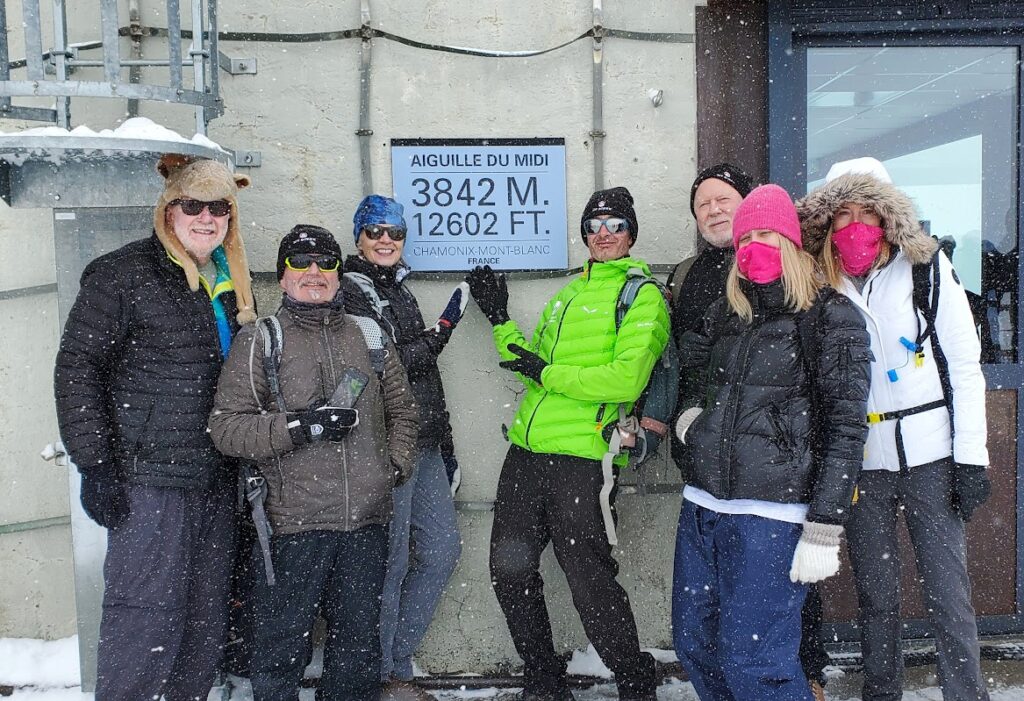
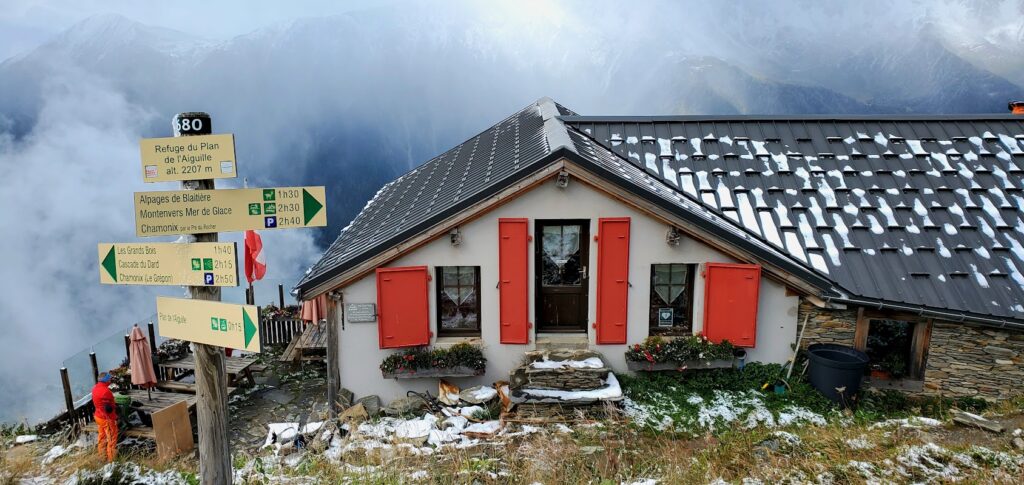
3. Where can I stay in Chamonix & Zermatt?
In Chamonix, it’s easy to find a hotel with serious mountain charm—and even easier to find one with jaw-dropping views. A favorite spot is Le Prieuré, perfectly located with balconies that frame Mont Blanc like a postcard. The rooms are cozy and modern, and the breakfast spread is fantastic—fresh croissants, local cheese, good coffee, and that view. It’s the kind of place where you’ll want to linger a little longer each morning. When the clouds parted, I got a stunning view of Mont Blanc from my room.

In Zermatt, the vibe shifts to sleek alpine elegance. The Backstage Hotel stands out for its bold, contemporary design by renowned architect and designer Heinz Julen. Every space feels thoughtfully crafted, from the minimalist interiors to the warm wood details that nod to the mountain surroundings. It’s a stylish, quiet retreat just minutes from the Gornergrat railway and the vibrant heart of the village. This boutique hotel is often booked out, so MT Sobek may choose other equally excellent hotels depending on the month.

Whether you’re unwinding after a hike or heading out for a fondue dinner, both towns offer unforgettable stays that balance comfort, style, and a deep connection to the mountains.
4. What are the trails like in Chamonix & Zermatt?
The trails in Chamonix and Zermatt are nothing short of spectacular—and wonderfully different. In Chamonix, the cable cars do a lot of the heavy lifting. Ride high into the alpine and start your hikes above the treeline, then wind your way down through wildflower meadows, with Mont Blanc watching over you the whole way. It’s the kind of place where every turn delivers a new “wow” moment. Zermatt, on the other hand, starts at altitude. Trails begin right from town and climb quickly into rocky, rugged terrain. The Matterhorn looms in and out of view as you gain elevation, and hiking poles come in handy for the steeper sections and uneven footing. Both destinations offer unforgettable days on the trail—whether you’re chasing peaks or taking it slow.
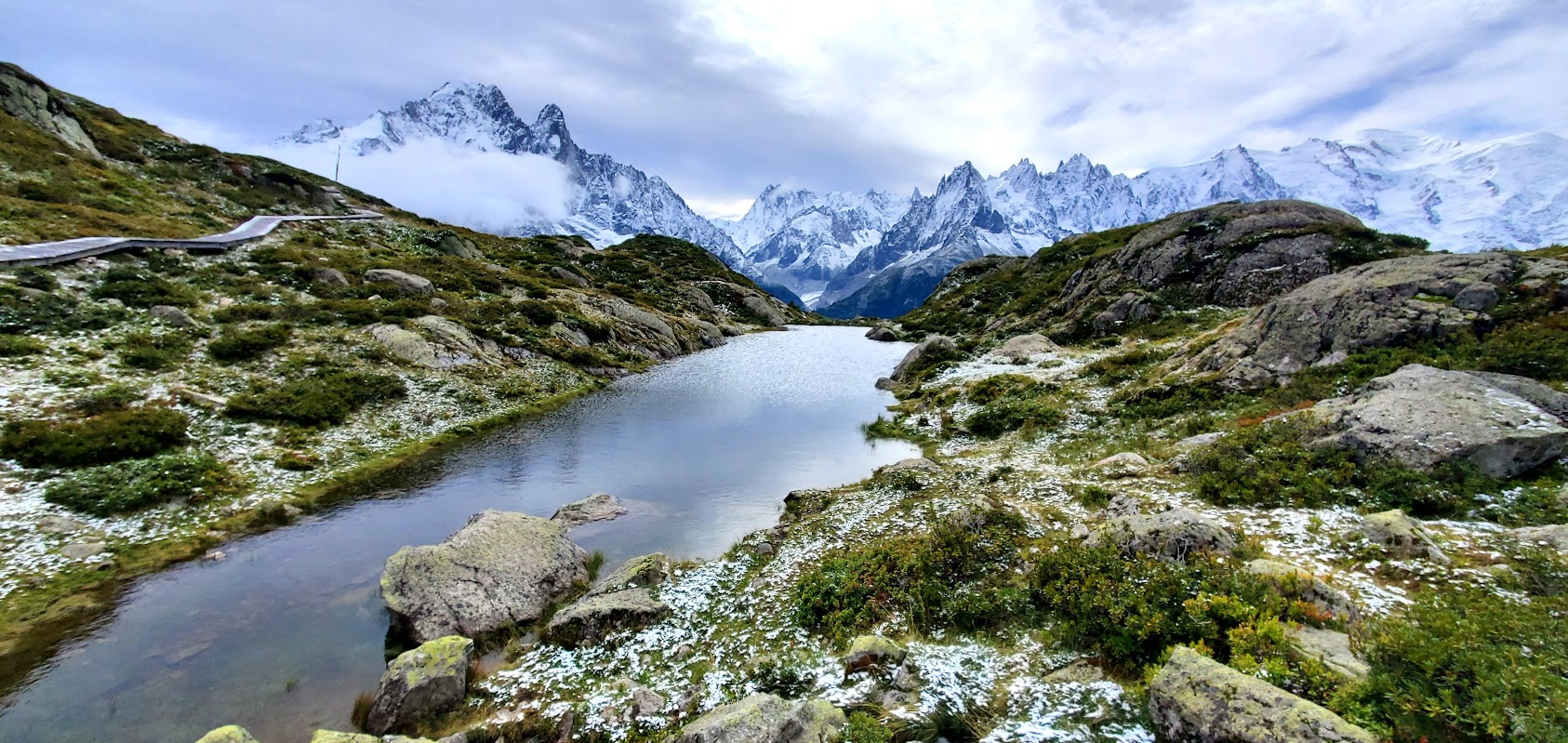
It’s worth noting that there are a few touristy moments in Zermatt—like when you step off the Gornergrat railway at the summit. However, most visitors are there for a quick photo and don’t venture far. Walk just five minutes down to the lake and the crowds thin out fast. Another five minutes and nobody. Even in a place as iconic as this, a short hike is all it takes to find peace and solitude. This whole hike felt like just me and the Matterhorn.
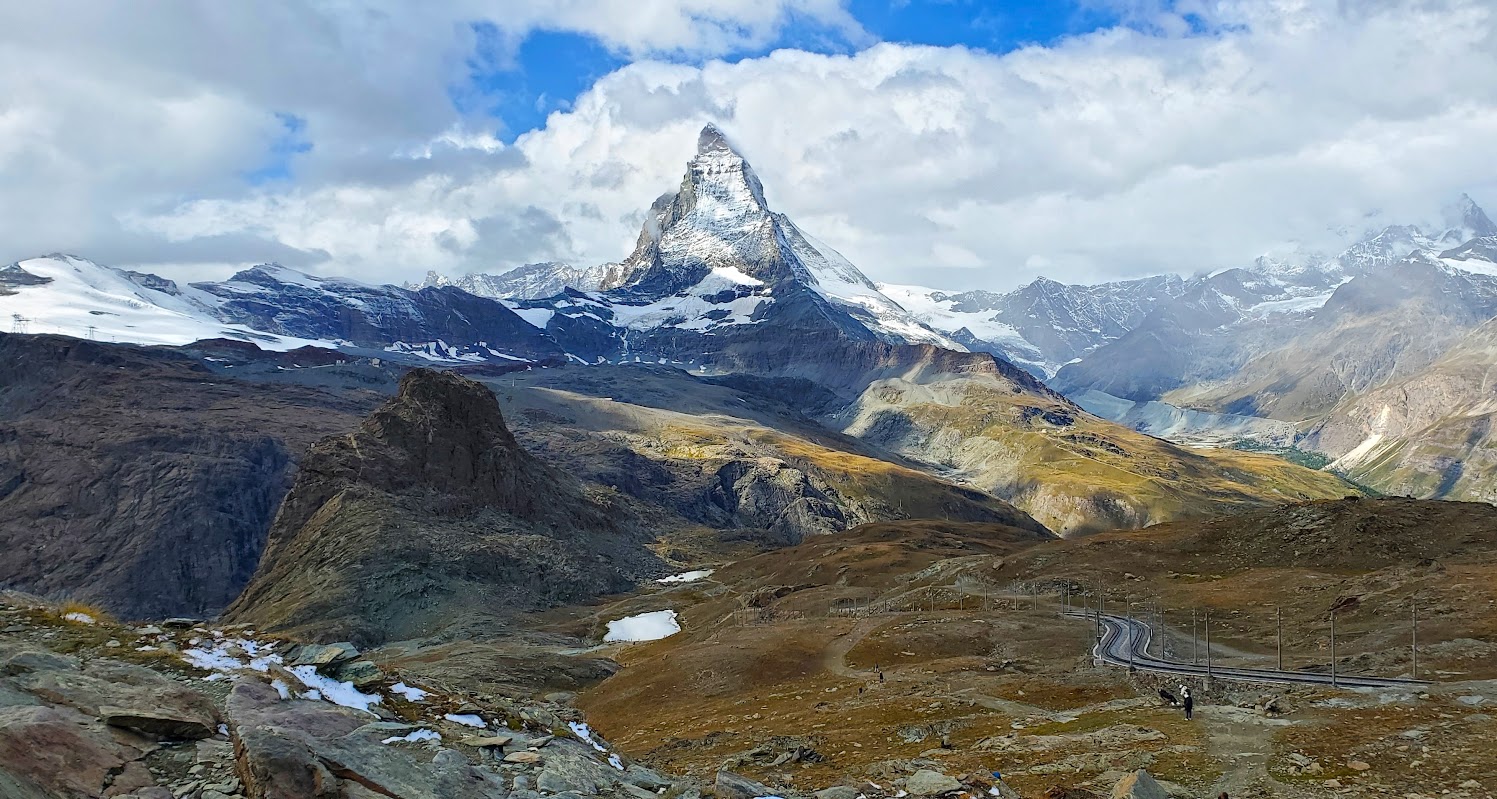
5. What is the food like in Chamonix & Zermatt?
Chamonix
Eating well in Chamonix is effortless—especially if you love fresh bread, creamy cheese, and a good glass of wine after a day on the trail. Start your morning with a visit to one of the town’s many boulangeries (you really can’t go wrong), where the croissants are buttery and the baguettes still warm from the oven. Local shops sell excellent regional cheeses like reblochon and tomme, perfect for an impromptu picnic with a mountain view. In the evenings, Chamonix delivers everything from rustic Savoyard fare to chic spots for a cocktail and small plates. Don’t miss a meal at Rose du Pont, the charming “pink restaurant” with inventive French dishes and alpine flair—it’s as pretty as it is delicious.
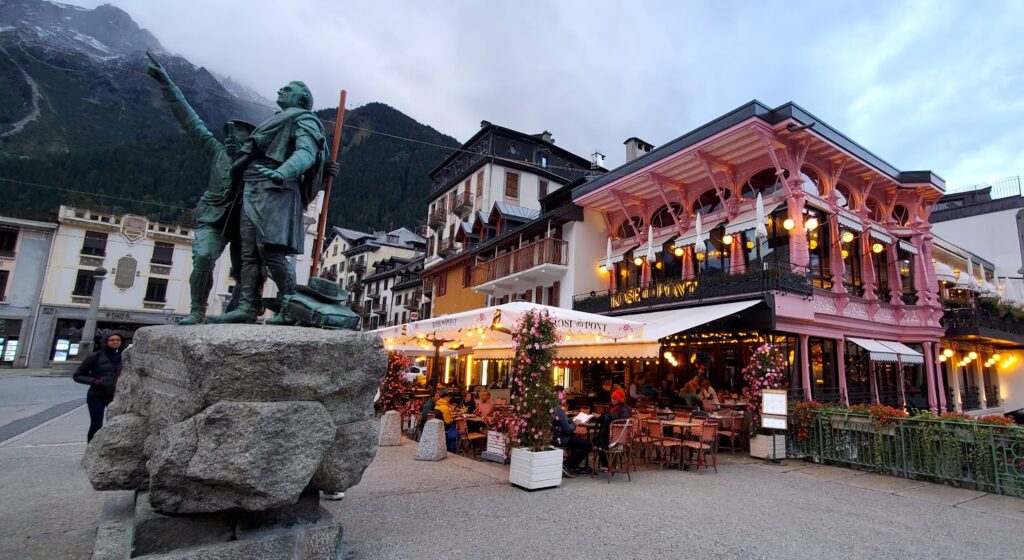
And here is the lamb shank and sampling of pies from the chalet we stopped at on Day 1.
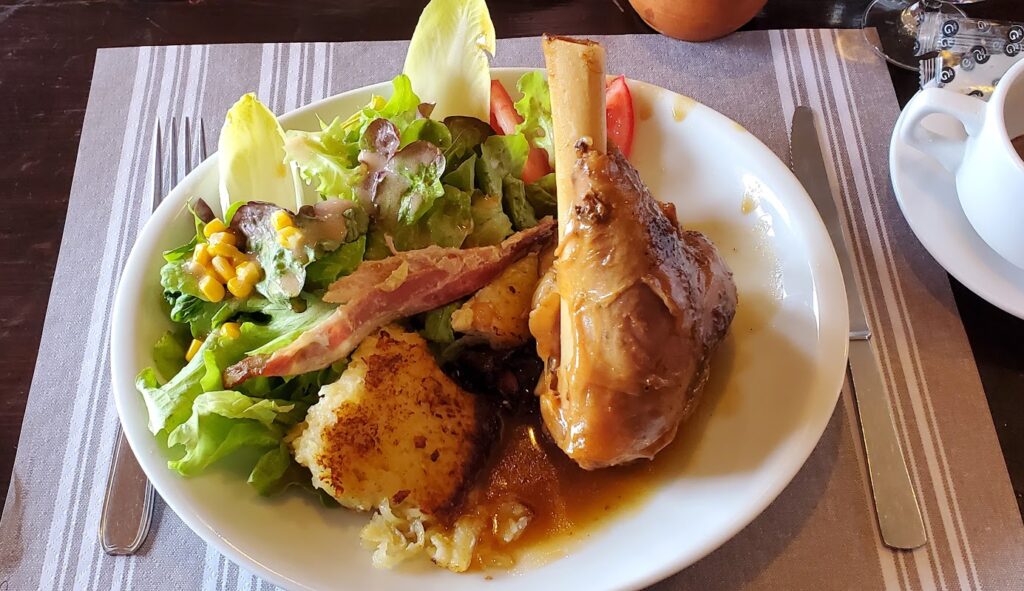

Zermatt
Zermatt leans hard into hearty alpine comfort food, and that’s part of the joy. This is the place to indulge in raclette, fondue, and rösti—perfect after a long hike or a chilly evening. One of the best ways to experience Zermatt’s food culture is by dining in a traditional Swiss chalet or cozy mountain hut, where melted cheese is the star and the Matterhorn provides the backdrop. And be sure to leave room for dessert—bakeries here serve up everything from apple strudel to decadent chocolate tortes. Zermatt may be car-free, but it’s rich in flavor.
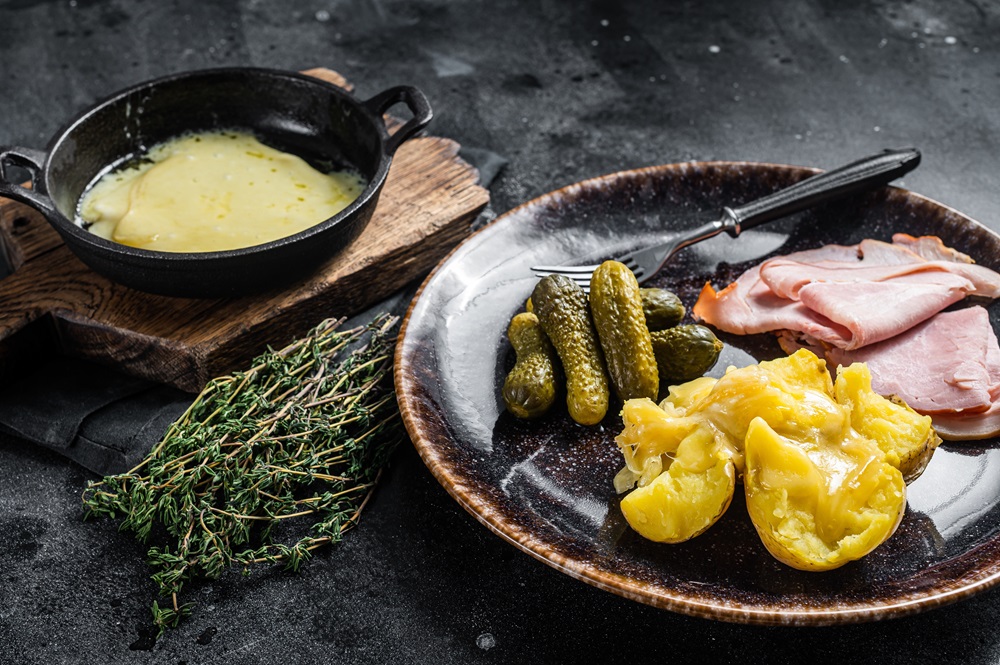
Your Next Adventure Awaits…Book an Alps Adventure
Check out MT Sobek 7-day Alps Chamonix and Zermatt trip, the Tour du Mont Blanc and many other classic Alps adventures!
Enjoying our content? Add MT Sobek as a Google Preferred Source.
